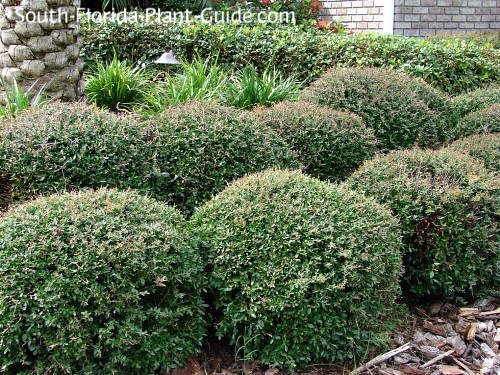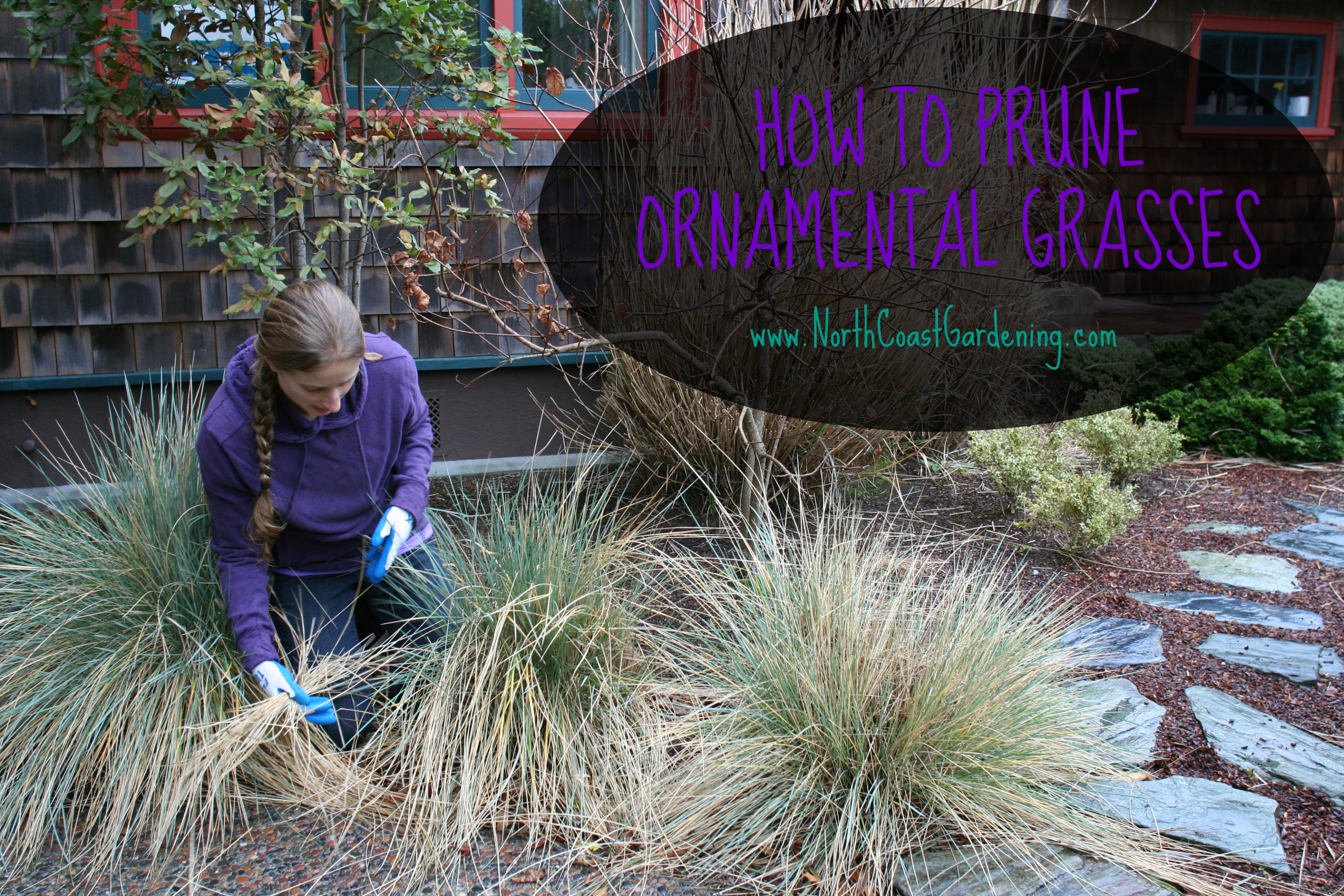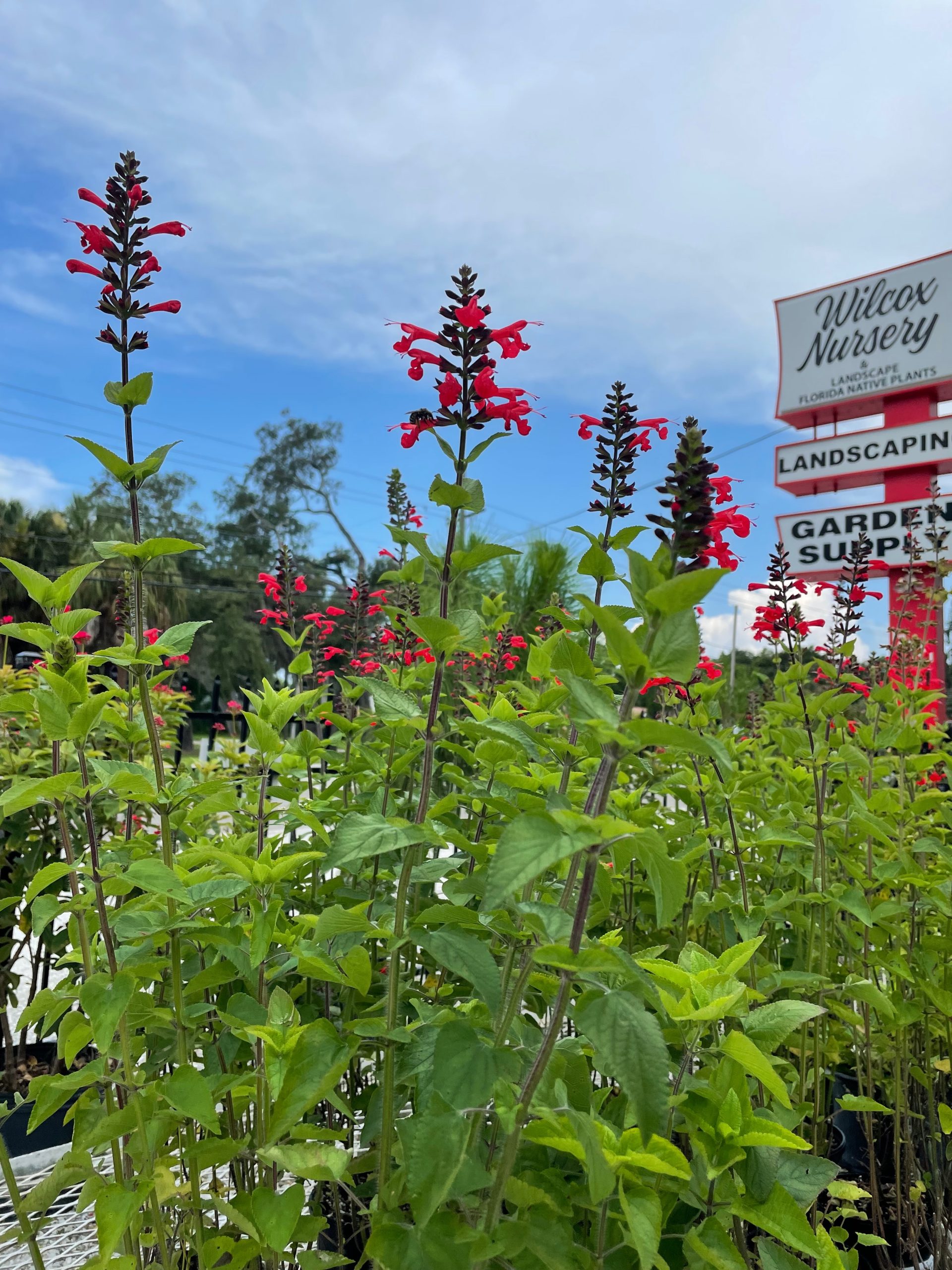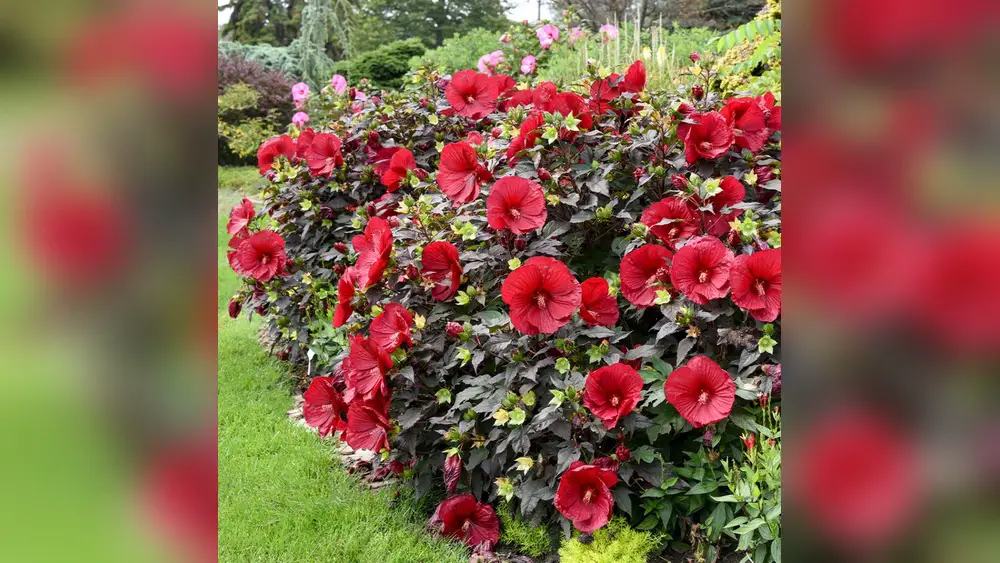If you want your Florida garden to flourish, knowing the best time to prune your plants is key. Pruning at the right moment helps your plants grow stronger, look healthier, and bloom beautifully.
But pruning at the wrong time can stress your plants or even harm them. So, when exactly should you prune your trees, shrubs, and flowers in Florida’s unique climate? You’ll discover the ideal seasons and tips to keep your garden thriving year-round.
Keep reading to learn how to make your pruning efforts count and enjoy a vibrant outdoor space all year long.
Florida Pruning Seasons
Florida’s warm climate allows for almost year-round gardening. Knowing the right pruning seasons helps plants stay healthy and grow better. Pruning at the wrong time can harm your plants or reduce their blooms. Understanding Florida pruning seasons lets you care for your garden with confidence.
Different plants need pruning at different times. The seasons in Florida guide you on when to prune for the best results. Timing affects growth, flower production, and plant health.
Late Winter And Early Spring Benefits
Pruning in late winter or early spring helps plants recover quickly. The weather is cooler, reducing stress on plants. This timing removes dead or damaged branches before new growth begins. It encourages strong, healthy shoots and better blooms. Many trees and shrubs respond well to pruning now.
Avoiding Late Summer And Fall
Pruning in late summer or fall can cause problems. New growth starts but may not harden before cooler weather. This tender growth can suffer damage from cold snaps. Pruning late also disrupts the plant’s natural rest cycle. It may increase the risk of disease or pest attacks. Avoid pruning during these months for healthier plants.
Timing For Flowering Plants
Flowering plants need careful pruning timing. Some bloom on old wood, so prune after they flower. Pruning too early removes flower buds, reducing blooms. Others bloom on new wood and can be pruned in late winter. Knowing your plant’s blooming cycle ensures you keep its flowers. Proper timing improves both appearance and flower quantity.

Credit: www.south-florida-plant-guide.com
Plant Types And Pruning
Different plants need pruning at different times. Knowing the plant type helps you prune correctly. Pruning at the right time keeps plants healthy and promotes growth. It also improves flowering and fruit production. In Florida, plant types vary widely, so timing matters.
Dormant Trees And Shrubs
Dormant trees and shrubs lose their leaves in winter. Prune these plants during their dormant phase, usually late winter. This timing reduces stress and helps shape the plant before spring growth. Avoid pruning too early to prevent frost damage.
Common dormant trees in Florida include oaks and maples. Shrubs like holly and camellia also do well with winter pruning. Removing dead or weak branches at this time improves air circulation.
Spring-flowering Shrubs
Spring-flowering shrubs bloom on old wood. Prune them right after they finish flowering. This allows new buds to form for next spring’s blooms. Pruning too early removes flower buds and reduces blooms.
Examples are azaleas, rhododendrons, and viburnums. Cut back only the branches that have flowered. This keeps the shrub healthy and full of flowers each year.
Tropical Plants And Their Needs
Tropical plants need special care in Florida’s warm climate. Prune them lightly to avoid stress. Late winter or early spring is best. Avoid heavy pruning during hot, dry periods.
Palms, hibiscus, and crotons are common tropical plants. Remove dead or damaged leaves to boost new growth. Regular pruning keeps these plants looking vibrant and healthy.
Pruning Techniques
Pruning techniques play a key role in maintaining healthy plants in Florida’s climate. Proper pruning helps control growth, improve plant shape, and boost overall health. Each plant type may require different methods to thrive. Understanding these techniques ensures your garden stays vibrant and well-kept all year.
Maintenance Pruning For Health
Maintenance pruning removes dead, damaged, or diseased branches. It prevents pests and diseases from spreading. Cut branches cleanly near the main stem or trunk. This allows the plant to heal faster. Regular pruning improves air circulation and sunlight exposure. It helps plants grow stronger and reduces overcrowding.
Shaping And Training Plants
Shaping guides plant growth into a desired form or size. Training young plants directs branches to grow where needed. Use light pruning to encourage fuller growth or to control height. Removing crossing branches prevents damage and improves appearance. This technique also helps fruit and flower production by exposing buds to light.
Tools And Safety Tips
Use sharp, clean tools to make precise cuts. Common tools include pruning shears, loppers, and hand saws. Wear gloves and eye protection to avoid injuries. Clean tools between plants to stop disease spread. Cut at a slight angle to prevent water damage. Always prune during dry conditions to reduce infection risk.
Avoiding Common Mistakes
Pruning plants in Florida requires careful timing to keep them healthy. Avoiding common mistakes helps your plants grow strong and look great. Pruning at the wrong time or under the wrong conditions can harm plants and invite pests or diseases. This section highlights key pruning errors to avoid.
Pruning During Stressful Weather
Do not prune plants in hot, dry weather. Plants lose water quickly, and pruning adds stress. Leaves protect plants from sun and heat. Removing them during stress harms the plant’s health. Wait for cooler, wetter days to prune. This helps plants recover faster and reduces damage.
Pruning When Foliage Is Wet
Never prune when leaves are wet from rain or dew. Wet foliage spreads fungi and bacteria easily. These diseases enter through fresh cuts on branches. Pruning on dry days lowers infection risk. Always check weather and wait for dry conditions before pruning.
Disease Risks And Timing
Prune at the right time to avoid diseases. Early spring or late winter is best for most plants. This timing lets wounds heal before pests appear. Avoid pruning in late summer or fall. Pruning then causes new growth that freezes in winter. This weakens plants and invites disease.
Special Considerations
Pruning plants in Florida requires unique care due to the state’s warm climate and diverse plant species. Understanding special considerations ensures healthy growth and better yields. Different plants respond differently to pruning times and methods. Paying attention to these details helps protect your garden and improves plant health.
Fruit Tree Pruning Guidelines
Fruit trees in Florida grow quickly and need regular pruning. The best time is during late winter or early spring. This timing avoids frost damage and encourages strong new growth. Remove dead or diseased branches first. Thin crowded branches to allow sunlight and air circulation. Avoid heavy pruning in summer, as it can stress trees and reduce fruit production.
Handling Tropical And Subtropical Species
Tropical plants like hibiscus and crotons need gentle pruning. Prune lightly during the growing season to shape plants and remove dead parts. Avoid pruning during the hottest months to prevent stress. Subtropical species often bloom on new growth, so pruning can boost flowering. Use clean, sharp tools to avoid spreading disease. Always check specific needs for each plant.
When Not To Prune Specific Plants
Some plants should not be pruned at certain times. Avoid pruning in late summer and fall. This can cause tender new growth that frost may damage. Do not prune before flowering if the plant blooms on old wood, like azaleas or camellias. Pruning during wet weather increases the risk of disease. Wait for dry conditions and cooler weather to prune safely.

Credit: northcoastgardening.com
Seasonal Pruning Calendar
Pruning plants at the right time helps them stay healthy and grow well in Florida’s climate. A seasonal pruning calendar guides you through the best months to trim different plants. This calendar considers Florida’s warm winters and hot summers. Following it prevents plant damage and encourages strong growth.
Each season has specific tasks to keep your garden tidy and thriving. Knowing when to prune helps avoid problems like disease or poor flowering. Use this calendar as a simple guide to plan your pruning activities throughout the year.
Monthly Pruning Tasks
January and February are ideal for pruning deciduous trees and shrubs. Remove dead branches to prepare plants for spring growth. March is great for light pruning of flowering plants after they bloom. April and May focus on shaping and thinning dense foliage.
June through August, avoid heavy pruning to reduce stress during Florida’s hot summer. Trim only dead or damaged branches. September and October are good months for pruning most plants as temperatures cool. November and December work well for cutting back perennials and preparing plants for winter.
Signs Your Plant Needs Pruning
Look for dead or broken branches that affect plant health. Overgrown or crowded branches block sunlight and air circulation. Yellowing or wilting leaves may indicate the need for pruning. If flowers or fruits are sparse, trimming can boost production.
Check for branches that cross or rub against each other. These can cause wounds and invite pests. Prune to improve the plant’s shape and keep it balanced. Timely pruning keeps your garden neat and plants vigorous.

Credit: www.wilcoxnursery.com
Frequently Asked Questions
What Is The 123 Rule Of Pruning?
The 123 rule of pruning means removing 1/3 of the branch, cutting at a 45-degree angle, and pruning back to a healthy bud or branch.
Is October Too Late To Prune?
October is generally not too late to prune. Prune hardy plants before frost to avoid damage. Avoid pruning tender or flowering plants in fall to protect buds. Always prune when foliage is dry and temperatures are mild for best results.
When Should You Not Prune Plants?
Avoid pruning in late summer and fall to prevent frost damage on new growth. Do not prune before blooming on old-wood flowering plants. Skip pruning during hot, dry weather to reduce plant stress. Never prune when foliage is wet to avoid spreading diseases.
Avoid pruning during specific disease seasons.
What Are The Three Rules Of Pruning?
The three rules of pruning are: cut at a 45-degree angle, prune above a bud, and remove dead or crossing branches.
Conclusion
Pruning plants in Florida at the right time keeps them healthy and strong. Avoid pruning in late summer and fall to prevent frost damage. Prune before plants bloom only if they do not flower on old wood. Choose cool, dry days to reduce stress and disease risk.
Regular pruning helps plants grow better and look neat. Follow these simple tips for a thriving garden all year. Your plants will thank you with lush leaves and bright blooms. Keep an eye on the seasons and watch your garden flourish.

